We live in an age where choices are in abundance. From the toothpaste we buy to the coffee we drink, sometimes it may seem like there are too many options to choose from, and a tile installation comes with just as many options as anything else.
When it comes to renovating a home, the possibilities are endless. In trying to figure out what paint to buy or what tiles to use, decision-making can be daunting. But it doesn’t have to be.
Tiles are exciting. There are so many different materials and sizes to choose from and this guide will explain just that.
Keep reading to find out all about different types of tile and how to choose what is best for your renovation.
What Are the Different Types?

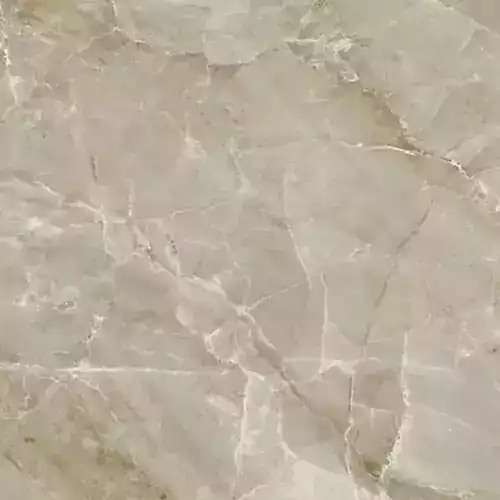
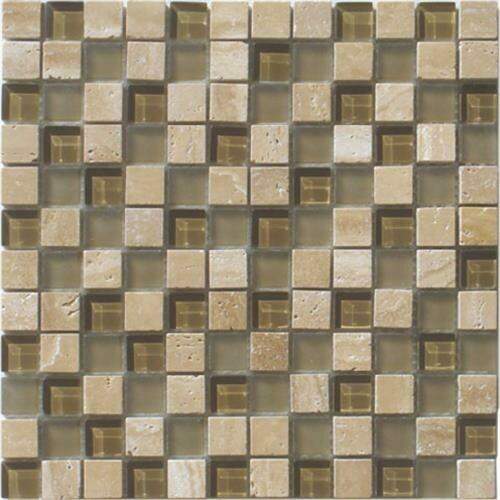
Cement tiles are made of cement rather than clay. Unlike clay ceramic tiles, they are left to cure after being pressed whereas ceramic tiles are heated and finished in a kiln.

How Can You Determine Their Durability?
Tiles are used on walls, ceilings, and floors alike. But how do you know what the best tile for your bathroom is? How do you know if the tile you like will stand up in your kitchen?
All tiles are measured in durability by either stating what areas they can be used for or by the PEI (Porcelain Enamel Institute) rating.
For example, a PEI rating of “1” dictates that a tile should be used in an area where there is absolutely no foot traffic. Most often, tiles with this rating are used around a shower. Tile with a PEI rating of “2” states that a tile should be used on a surface that will endure very light traffic, like a residential bathroom.
The ratings go from 1-5. A tile with a PEI rating of 5 can be used almost anywhere, but is typically used for flooring. It can withstand the most amount of foot traffic and is recommended for use for commercial flooring.
If a tile shop doesn’t specify what a particular tile’s PEI rating is, they will alternatively provide options for where the tile can be used.
What Else Should You Consider?
In addition to durability, there are other elements of a tile to think about in deciding which one to go with such as size, color, and texture.
 1. Size
1. Size
When you think about what size you’re looking for, think about the size of space you’ll be using them in.
If you have a large open kitchen with lot of floor space, you would probably want to choose a larger tile. For a smaller space like a guest bathroom, you’d want to lean towards a smaller tile.
2. Color and Texture
Tiles come in a myriad of beautiful colors and textures due to the combination of natural materials and colors that are used in making them.
Lighter tiles usually call for lighter grout, which will show more dirt. A darker color might work better for a place that gets a lot of foot traffic.
A tile with a delicate or glossy texture might be better suited to a wall, where there is no foot traffic.
 3. Porosity or Water Absorption Capacity
3. Porosity or Water Absorption Capacity
Depending on where you live, some tiles may not be strong enough to endure changes in temperature.
If you live in colder temperatures or are using tiles outside, make sure you choose a tile that can withstand those temperatures so that you don’t end up with a bunch of cracked tiles.
Tips and Tricks
For every tiling project, there are going to be spaces where half or part of a tile is required. Make sure you keep those skinny or misshapen tiles in hidden places. For example, put all your skinny tiles along cupboards or in the corners.
Make sure you’re fully prepared before you get to work. Re-tiling your floor can be a lengthy but exciting project. The best way to do it is to make sure you have all the tools you need BEFORE you start.
Make sure you weigh your decision carefully. Did you choose a durable tile for your living room in a color that you won’t get tired of? For your outdoor shower, did you choose a tile that can withstand the freezing temperatures?
Mistakes to Avoid
There are a few things to make sure you get right during your tile installment process. Avoiding simple mistakes could save you time, money, and frustration. Keep reading so that you’re better prepared when you install your tiles.
Use Adhesive Properly
Sometimes adhesive isn’t applied evenly. Furthermore, sometimes there isn’t enough of it or it’s too strong and not the right choice for that particular tile or substrate. The substrate is the material to which the tile is fastened. If the adhesive is too strong, it could bond better with the substrate which will actually make the new tiles weaker.
Watch out for Loose Tile
Before installing your tile, you want to make sure that the substrate is strong enough to create a bond with the new tile. If it’s more tile that makes up the substrate, make sure you check to make sure it isn’t loose.
Give it a light tap with a tool and listen for a hollow sound. This could be a sign that parts of the substrate are weak. Remove and repair any loose tiles before installing all of your new tiles.
There are other things to consider such as using the right grout or cleaning the tiles properly which you can read more about here.
Tile Saw vs. Tile Cutter
Chances are likely that you’ll need to cut some tiles during your tile installation. How many rooms have you seen that are perfectly symmetrical with the perfect amount of corresponding tiles lining the floor?
Did you say none? If you take a detailed look at any tiled surface, you’ll notice that there are half tiles or misshapen tiles or rotated tiles in certain areas. The key is to place those tiles in areas that receive less foot traffic or aren’t as noticeable.

Sometimes tiles are difficult to break or won’t break at all. If you have a small project with straight borders, a tile cutter might be all that you need.
Tile (wet) saws should be used for bigger projects. They cut accurate and more efficiently and also use electrical power.
They are also more expensive, harder to use, and require procedural safety knowledge to operate.
Read more here if you’re trying to figure out which tool will work best for your project.
And if it’s a tile saw that you’re after, see which one we think is the best.
What Are the Best Types of Tile?
There are many types of tile and one isn’t necessarily better than the other. Some are better quality or more durable. Some are rarer and more expensive. Some are textured and contain many different types of materials whereas some are one color of smooth glaze.
Choosing the right tile is a process that requires deciding on many different details. You have to not only think about the look and the aesthetic of your new tiles but also the durability and practicality.
That being said, it’s an exciting adventure! Renovations are a great way to make your home or your business a better place and one that you can be proud of.
Want to learn more about all things tiles? Check out our blog so that we can help with what you need.

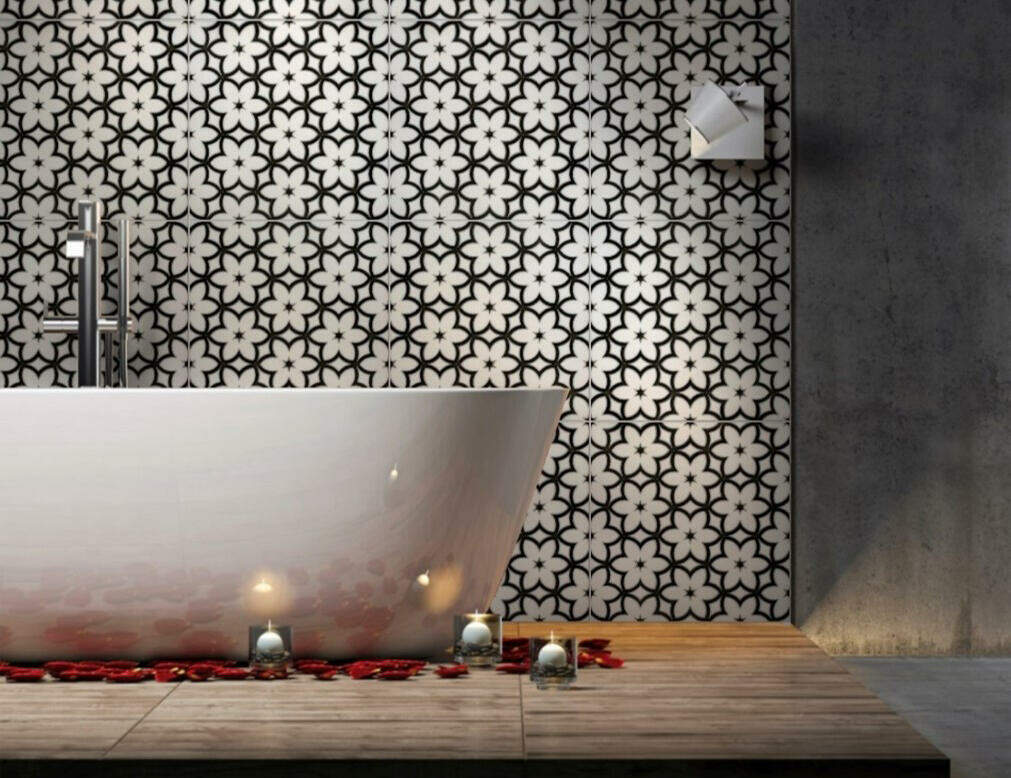

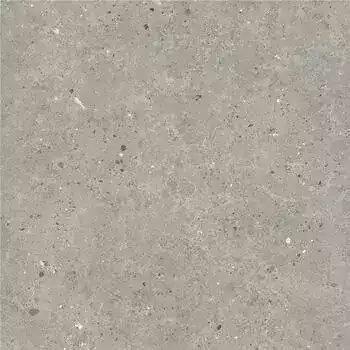

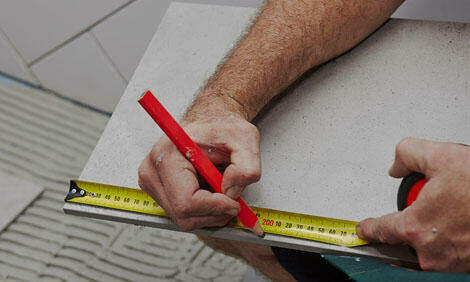 1. Size
1. Size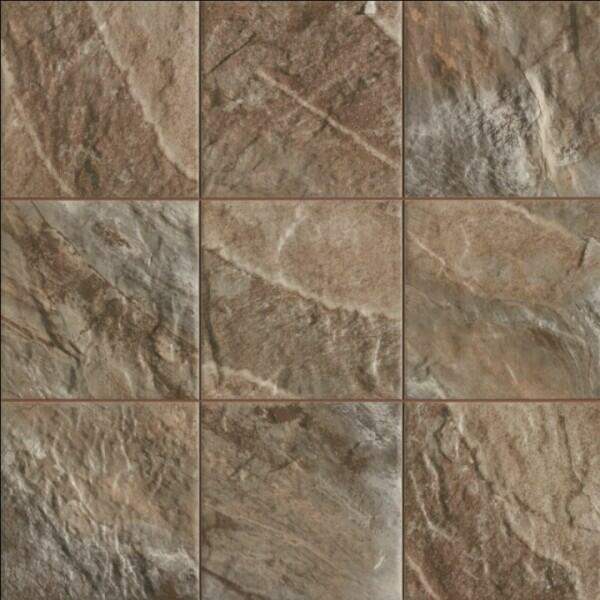
 3. Porosity or Water Absorption Capacity
3. Porosity or Water Absorption Capacity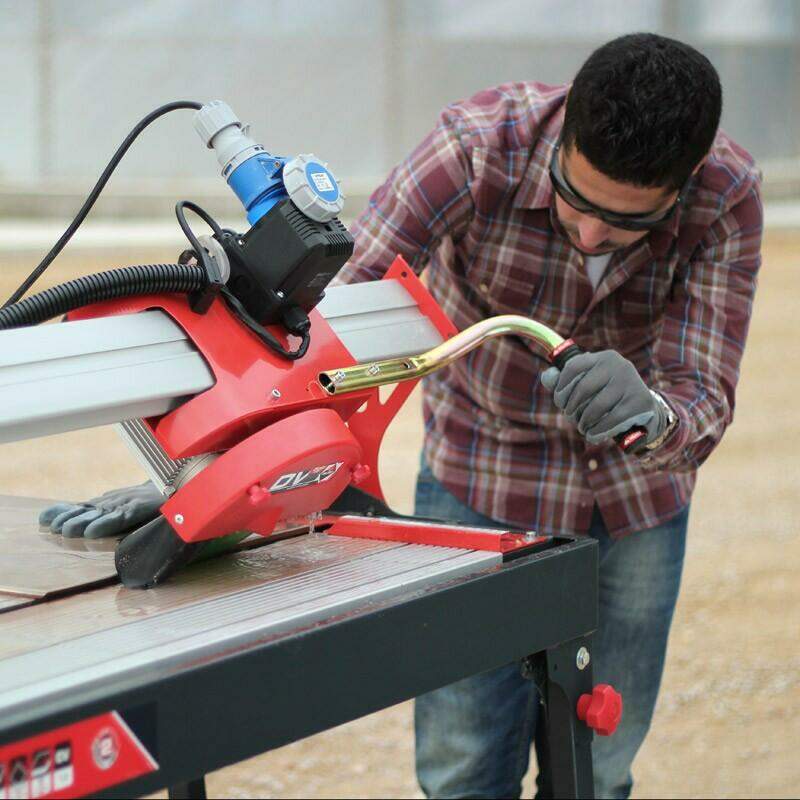

Post a comment